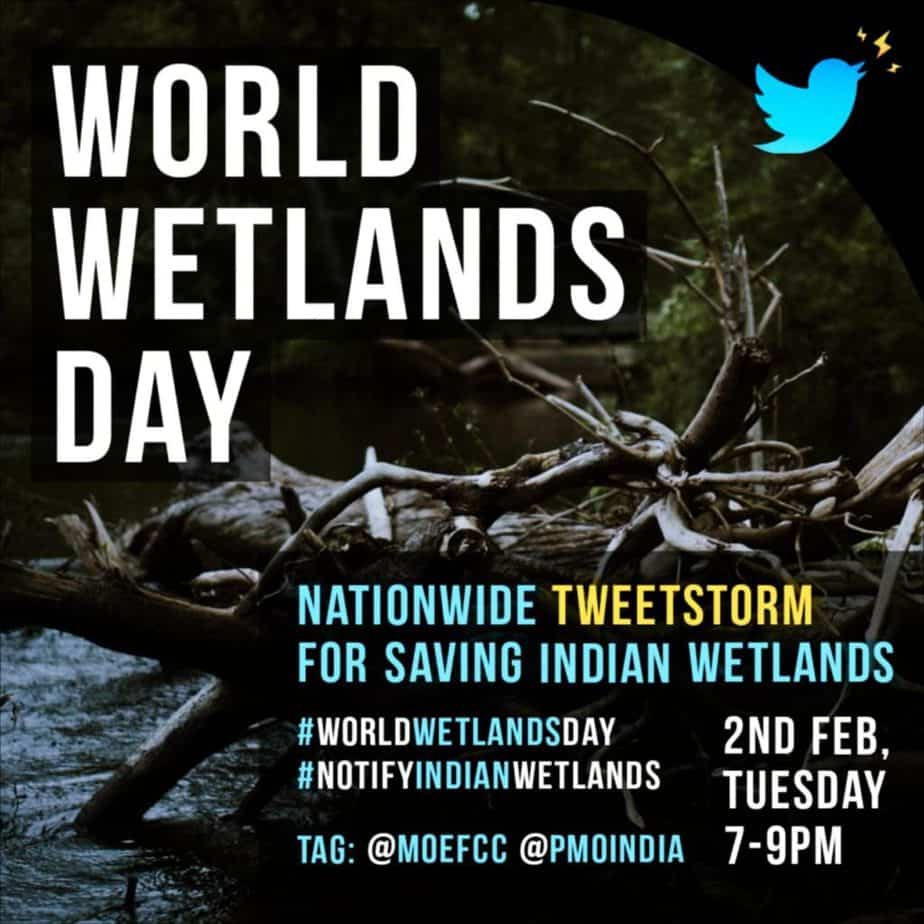The Wetlands in India, Mumbai and Navi Mumbai included, are under severe threat. Time to take action is now.
“According to the environment ministry, 35 per cent of wetlands have disappeared since the 1970s and 87 per cent have been lost since the 1700s. Causes of wetland loss are drainage and infilling for agriculture and construction, pollution, overexploitation of resources (like overfishing), invasive species and climate change.” – Hindustan Times
Read more: How a Navi Mumbai citizens group fought for the flamingos
World Wetlands Day
World Wetlands Day, that is observed on 2nd February every year, was celebrated by several groups all over India. We at Kharghar Wetlands & Hills had already started observing this even before the actual day.
On Republic Day, 26th January, we did a cleanup, calling upon citizens and the fishermen to maintain a safe, clean and beautiful wetland and mangroves ecosystem that Kharghar is endowed with.

Then on 31s January, we did a further cleanup to welcome our feathered friends by removing threats like plastics, left over alcohol bottles, discarded nets, etc.

On D-day, 2nd February, we actively participated in the National Wetlands Tweefest conducted all over the country by dozens of organizations all together in solidarity.

Unstoppable
We are not stopping there, on Sunday, 7th February, we are organizing Navi Mumbai’s first “Birdrace” where teams will be competing against each other to record the varieties of birds in the neighborhood. Those interested may register at this link https://fb.me/e/delBFFSi3 or mail khargharwetlands@gmail.com.
Also read: